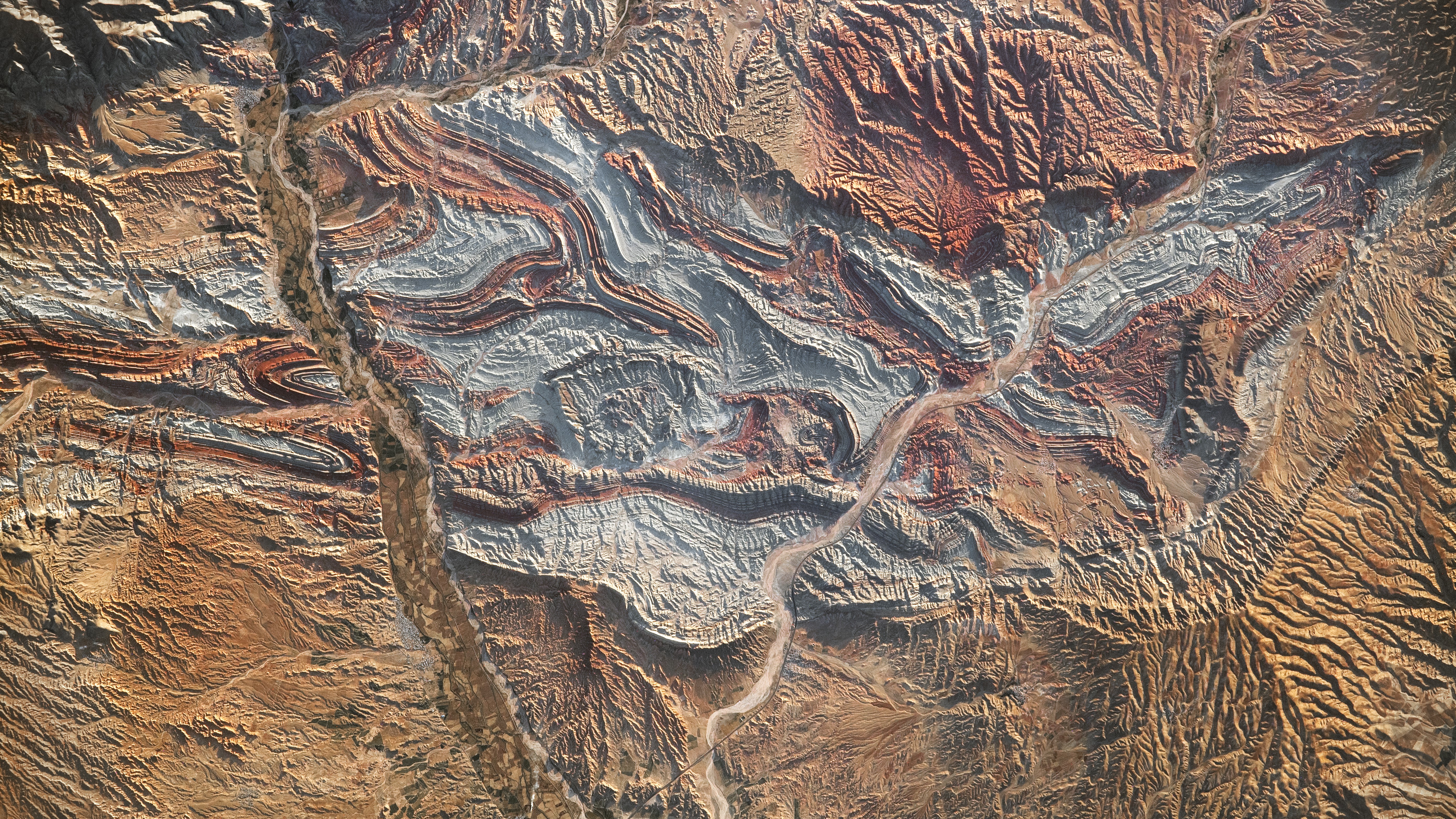
Simulating Sea Spray to Solve Climate Mystery (Gallery)
The U.S. National Science Foundation contributed these images to Live Science's Expert Voices: Op-Ed & Insights.
One of the greatest mysteries surrounding climate change centers on the impact of ocean aerosols — sea spray seeds clouds, but are those clouds heating or cooling the environment? And does the content of that sea spray determine what types of clouds form? The NSF's Center for Aerosol Impacts on Climate and the Environment is trying to answer those questions, using a 108-foot-long wave flume and a team of researchers from nine universities. To learn more about the research, read the exclusive Live Science feature "How Sea Spray Seeds the Sky," and see the Science Nation video about the research. What follows is a gallery of images from the laboratory and the researchers' work. (Images Credit: NSF.)
Recreating the Environment
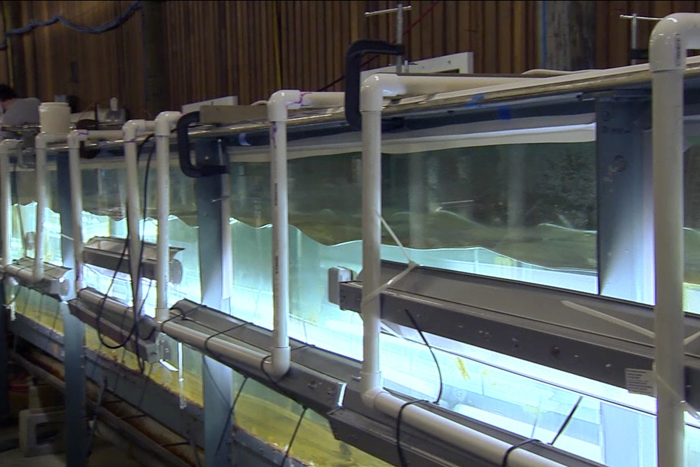
The 108-foot (33-meter) wave tank used by the NSF Center for Aerosol Impacts on Climate and the Environment.
The lab
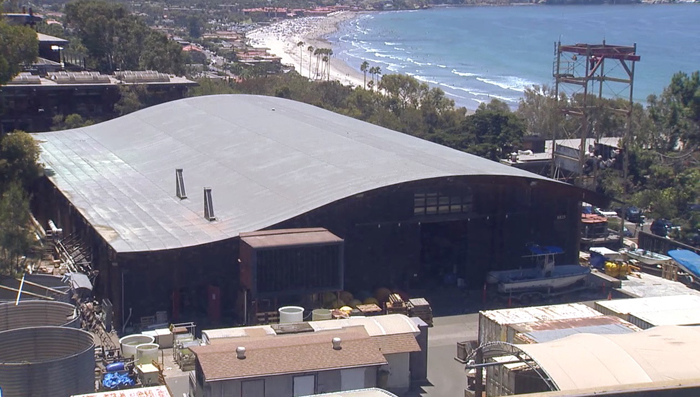
Located right on the beach, the NSF Center for Aerosol Impacts on Climate and the Environment is part of an effort to understand how sea spray aerosols impact climate. Researchers pump water from the Pacific ocean into a wave tank inside this facility.
Phytoplankton
Sign up for the Live Science daily newsletter now
Get the world’s most fascinating discoveries delivered straight to your inbox.
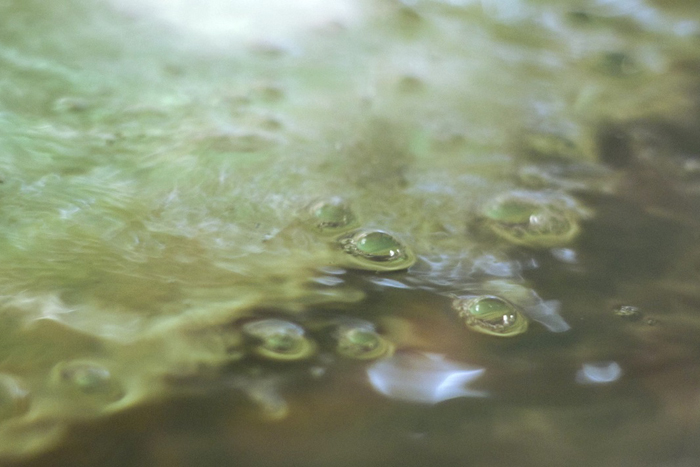
The presence of phytoplankton in sea water affects the nature of the aerosols that form when that water disperses into the air, and the chlorophyll in the organisms also plays an important role in how satellites remotely sense life in the ocean. However, research at the NSF Center for Aerosol Impacts on Climate and the Environment show that such remote observations may miss blooms of other organisms, like bacteria.
In the lab

A 3,000-gallon wave flume is fitted with a cover to encapsulate filtered air. The head space has been evacuated, so studies are only observing ocean spray.
The ocean, recreated
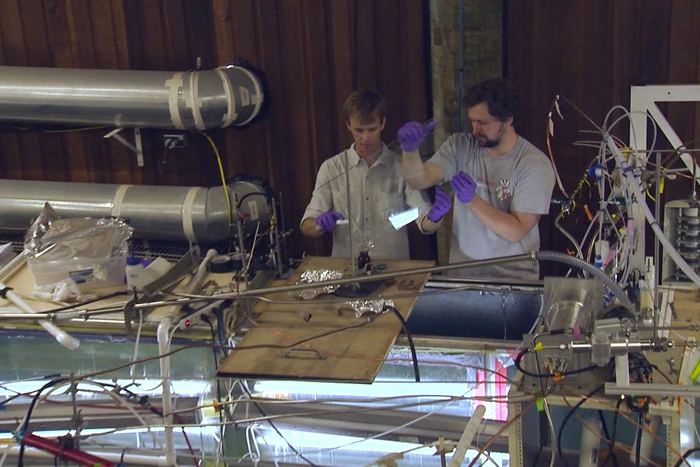
The study of sea spray aerosols involves both hands-on work and modelling.
Organic molecules on sea spray aerosol
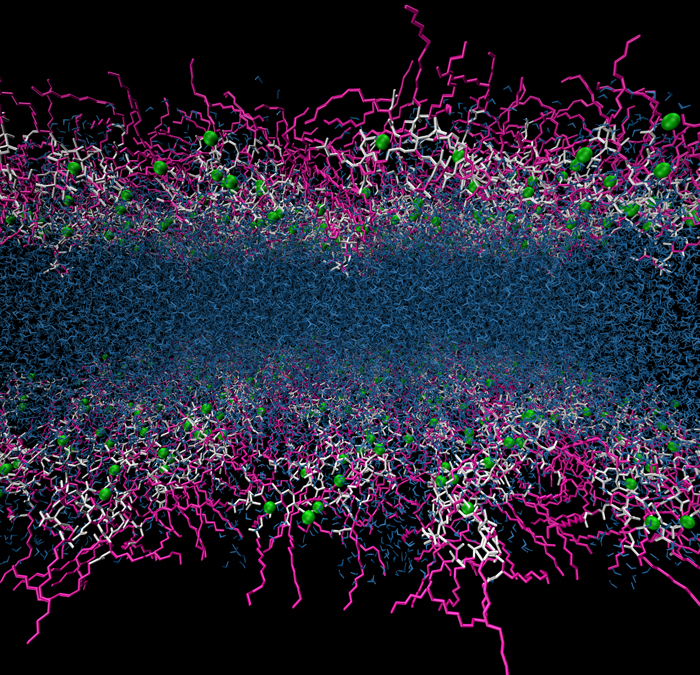
Cross section of organic molecules on a model of sea spray aerosol: water (blue), sodium ions (green) and organic molecules (magenta and white). The arrangement of molecules at the surface of sea spray aerosols influences the chemical reactivity and ability of aerosols to form cloud droplets. (Credit: Paesani Group, University of California, San Diego.)
Follow all of the Expert Voices issues and debates — and become part of the discussion — on Facebook, Twitter and Google+. The views expressed are those of the author and do not necessarily reflect the views of the publisher. This version of the article was originally published on Live Science.











